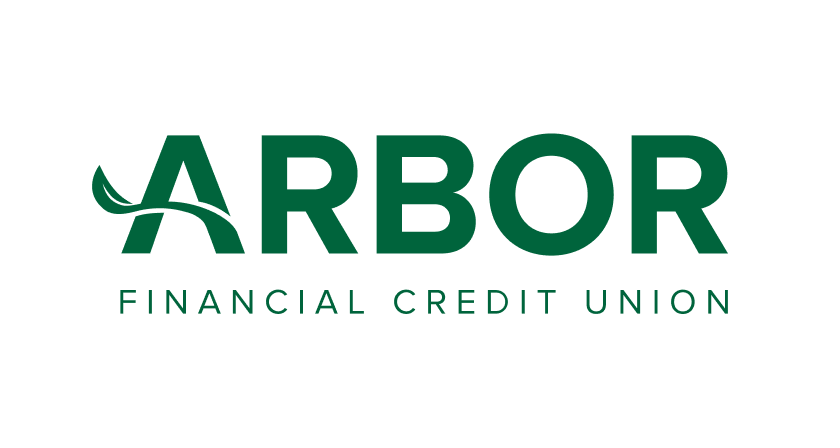When are CDs a good choice for your investment portfolio? This question is asked by many and the answer really is dependent on your individual situation.
Although CDs won’t return large profits in today’s current market, they are a very stable choice that you can count on. If you look at CDs as more of a “high-yield time deposit” then you can start to see where they could play a role in your portfolio.
When Are CDs Good in Your Portfolio?
1. You Want Security
If you want a safe and secure place to store cash, CDs are the place to be. Backed by the government and federally insured (up to $250,000) you will not lose face value of your investment while earning a higher rate of return than most savings and money market accounts. But, of course, CDs are meant to be held for a specified amount of time, so your cash is not as liquid as a savings account.
2. You're Risk Averse
During your working years when you are trying to really grow your investments using a well-rounded investment strategy that includes stock funds and some bonds funds, the reliance on CDs may not be ideal. However, in your retirement years you may become less and less adverse to risk, CDs will allow you to keep up with or slightly ahead of inflation. Unlike mutual funds, bonds, and the stock market you could experience fluctuations in the market. Due to the government insurance noted above, when you invest in CDs (up to $250,000) you won’t lose the face value of your initial investment.
If you consider yourself risk adverse and like the idea of storing your cash in CDs, then using the CD laddering approach is a great way to structure your hard-earned dollars and keep it somewhat liquid.
Laddering means taking out several CDs at different length terms, and as each CD matures, you can choose to move your money into a liquid account or roll it into another CD.
Consider this example with a $10,000 investment:
-
1 Year CD = $2,000
-
2 Year CD = $2,000
-
3 Year CD = $2,000
-
4 Year CD = $2,000
-
5 Year CD = $2,000
When your 1-Year CD matures, you can take that amount and cash out or roll it into a 5-Year CD. The next year, when your 2-Year CD matures, you can cash out or roll that amount into another 5-Year CD, and so on, resulting in more liquidity than purchasing just one 5-year CD for $10,000.
3. You Want to Preserve Your Capital
A common investment strategy is capital preservation. You’ve worked hard, saved, and grew your money during your working years and now is the time to preserve it and make sure you don’t outlive your money. CDs are one way to help preserve your investment for the reasons mentioned above.
The Role of CDs in Your Retirement Portfolio
If you’re looking to diversify your portfolio with a cash investment, especially when you can buy CDs when the rate is favorable, then your interest can provide income during retirement. CDs are most useful once you’ve stopped producing income and are used during the distribution phase of your retirement.
